How To See the International Space Station
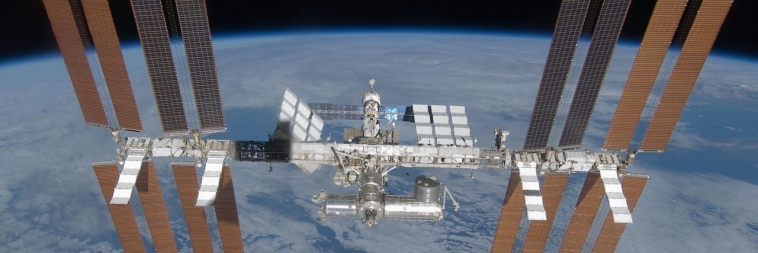
The International Space Station (ISS) is a marvel of human engineering and cooperation. Orbiting the Earth at a distance of approximately 420 kilometres (260 miles), it symbolises humanity’s achievements in space exploration and international collaboration. In this article, we’ll explore the history, notable facts, and sightings of the ISS, providing a comprehensive guide on how to spot this celestial wonder from Earth.
Witnessing the International Space Station (ISS) in action is an awe-inspiring experience that’s surprisingly easy to achieve! As the largest man-made structure orbiting Earth, and doing so at a staggering 17,500 miles per hour, this modern marvel of engineering is visible to the naked eye under the right conditions. Whether you’re a space enthusiast, a curious stargazer, or simply someone who appreciates the extraordinary, knowing how to see the ISS as it soars gracefully across the sky will undoubtedly leave you starstruck. In this guide, we’ll tell you everything you need to know about how to see the International Space Station, along with facts and information about its history.
What Is the International Space Station?
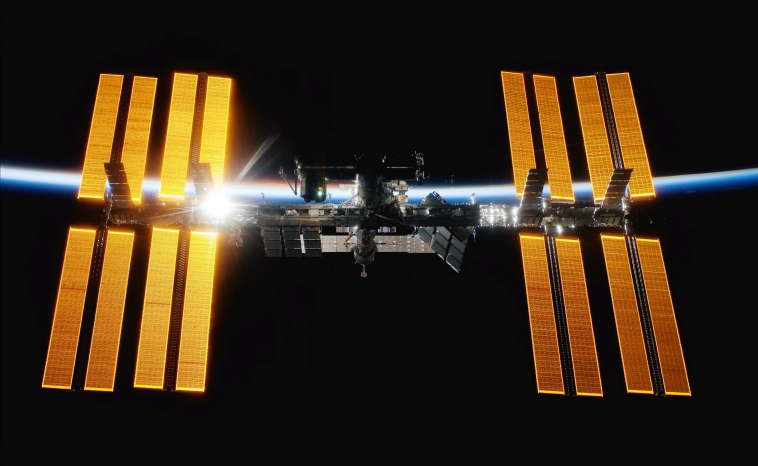
The ISS is a large spacecraft and space laboratory that orbits the Earth, acting as a home and workspace for astronauts from around the world. It is a joint project involving space agencies from the United States, Russia, Europe, Japan, and Canada. Astronauts have inhabited the station since its launch in 2000, astronauts conducting scientific research and technology demonstrations in its unique microgravity environment.
International Space Station Facts
- The ISS orbits the Earth at a speed of approximately 28,000 kilometres (17,500 miles) per hour. It completes an orbit around the Earth every 90 minutes.
- The space station is about the size of a football field, weighing nearly 420,000 kilograms (925,000 pounds).
- Over 240 astronauts from 19 countries have inhabited the ISS.
- The station receives energy from solar arrays that generate enough electricity to power 40 homes.
- Astronauts onboard the ISS experience 16 sunrises and sunsets every day.
History of the International Space Station
NASA/Tracy Caldwell Dyson, Public domain, via Wikimedia Commons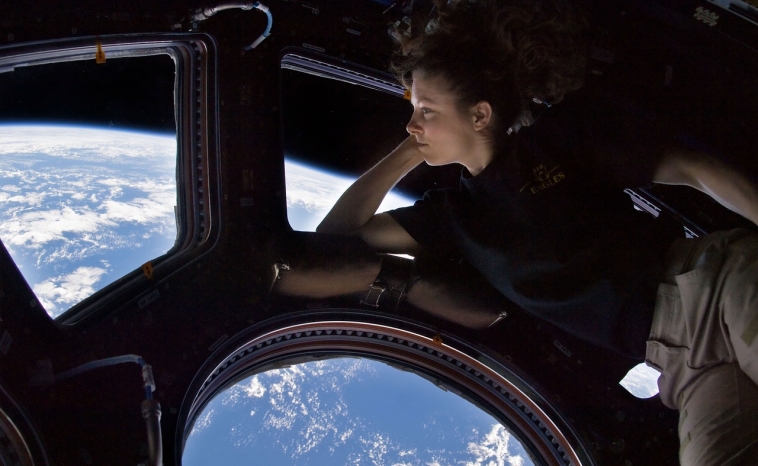
The idea of a space station goes back to the 19th century, when authors like Jules Verne and Edward Everett Hale first imagined habitable platforms orbiting the Earth. However, it wasn’t until the 20th century that such a concept became a reality. Both the United States and the Soviet Union developed and launched space stations during the Cold War, with the USSR’s Mir and the US’s Skylab being the most notable examples.
The International Space Station was born out of a desire for international cooperation in the aftermath of the Cold War. In 1993, the United States invited Russia to join the project, followed by the European Space Agency, the Japan Aerospace Exploration Agency, and the Canadian Space Agency. The construction of the ISS began in 1998, with the launch of the Russian module Zarya. The first crew arrived at the ISS in 2000, marking the beginning of continuous human presence in space.
How To See the International Space Station From Earth
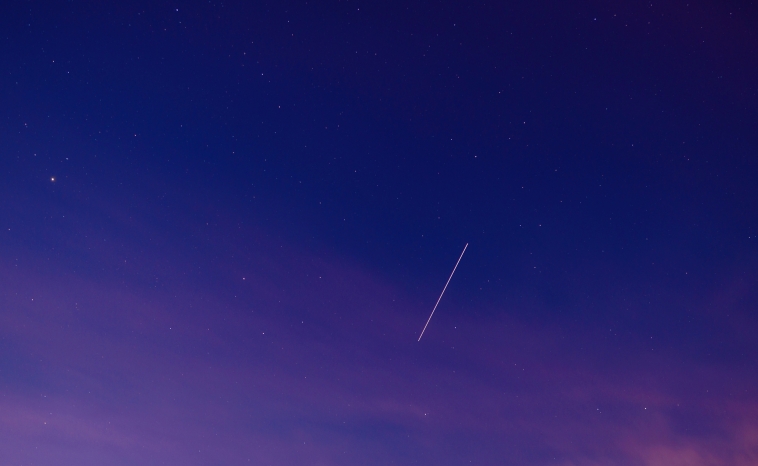
Spotting the International Space Station for the first time is an exciting and rewarding experience. But before you head out to try and find the spacecraft, here are our top tips on how to spot the ISS.
When Is the Best Time to See the International Space Station?
The ISS can be seen from Earth with the naked eye, appearing as a bright, fast-moving star. The best time to spot the space station is during twilight. At this time, the sky is dark enough for it to be visible, but sunlight still illuminates the ISS. Twilight typically occurs shortly after sunset or before sunrise.
Where To Look for the International Space Station in the Sky
The location of the ISS in the sky depends on your geographic location and the time of the sighting. Generally, the space station appears in the western sky and moves towards the east. You can use websites or apps that provide sighting opportunities based on your geographic coordinates to find out when and where the ISS will be visible from your location.
What to Expect When Viewing the ISS
When you spot the ISS, it will appear as a bright, white light moving steadily across the sky. It’s important to note that the space station doesn’t have any flashing lights like an aeroplane. So if you see blinking lights, you are likely observing a different object. The ISS will be visible for a few minutes before disappearing in the east as it enters Earth’s shadow.
How to Track International Space Station
Various resources are available to help you track the ISS and determine when it will be visible from your location. Websites like NASA’s Spot The Station and Heavens-Above provide sighting information based on your location and detailed sky maps showing the space station’s path.
Additionally, several mobile apps are available for iOS and Android devices that can help you track the ISS and receive notifications about upcoming sightings. Some popular ISS tracking apps include ISS Detector, ISS Spotter, and SkyView.
Why You Should Take the Time To See the ISS
NASA, Public domain, via Wikimedia Commons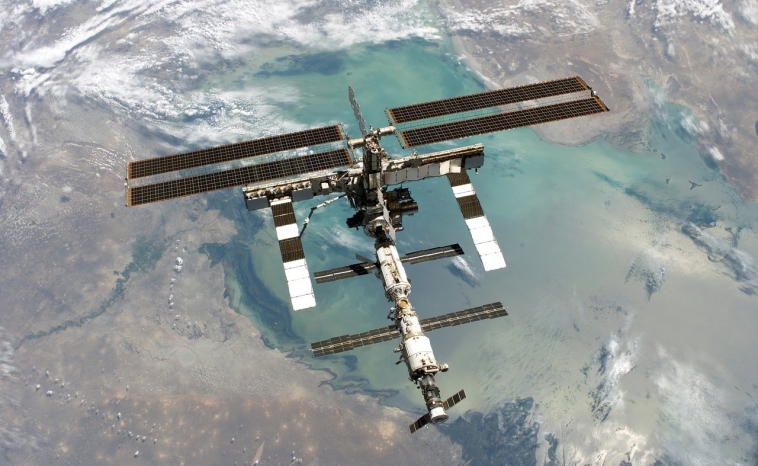
Observing the International Space Station as it passes overhead is a fascinating and inspiring experience. It serves as a reminder of the incredible accomplishments of human ingenuity, innovation, and collaboration. Taking the time to watch the ISS fly by connects us to a larger community of space enthusiasts and dreamers as we marvel at the achievements of those who have ventured beyond the boundaries of our planet.
Whether you are a seasoned stargazer or a newcomer to the world of astronomy, seeing the ISS for yourself is an opportunity you won’t want to miss. With the help of tracking websites and apps, you can easily find the best time and location to spot the space station from your own backyard. So, grab a pair of binoculars or simply gaze up at the night sky and join the millions of people who have experienced the wonder of seeing the International Space Station in action.
OSR Gift Card
If you’re looking for the perfect gift for the astronomer in your life, why not consider the OSR Gift Card? Available in physical format delivered by mail or as an instant download PDF, your special someone can use the gift card to name their own star!

